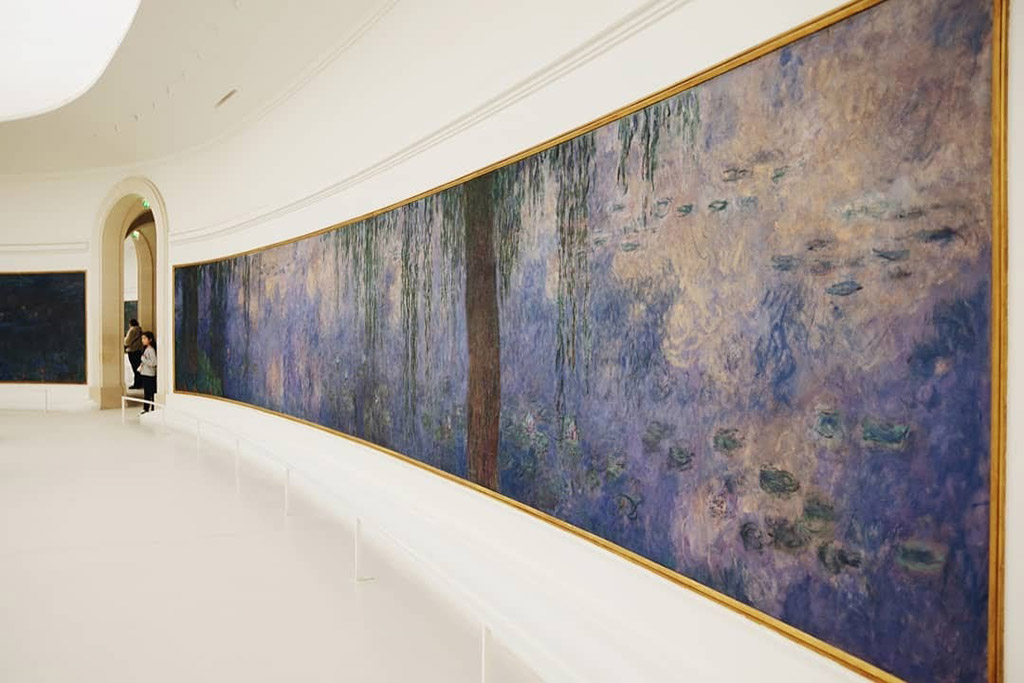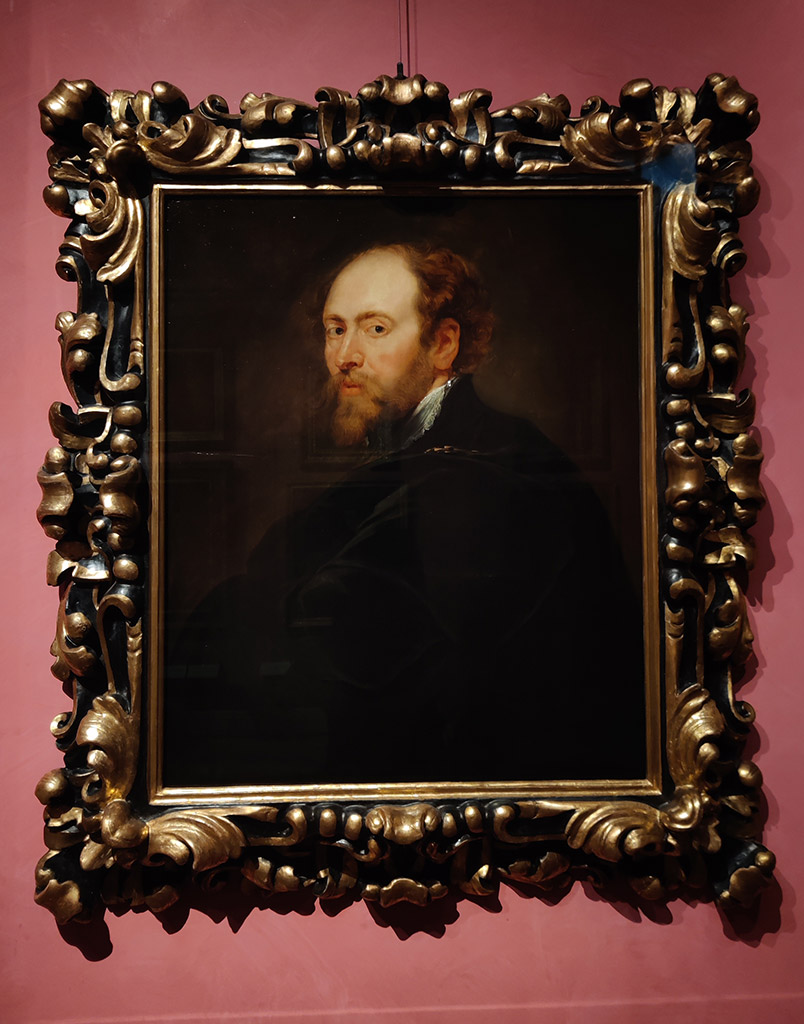Fine art history is the most important and influential piece of inspiration for our photography. Jessica Miller explains why you should be looking at different art movements, paintings, drawings and more to become a better photographer.
It’s hard to ignore the fact that photography is a relatively new piece in art world history, and there is so much out there from the other mediums that can be tapped into for inspiration. You don’t need to have or do a fine art degree to think critically about art, to learn from it and use it – that’s coming from someone who has done one.
You can find inspiration through visiting museums, exhibitions, books, online archives and more. Some of us have access to great galleries and museums on our doorstep. But for those that don’t, archives and collections can be viewed online – especially since many museums made their collections accessible during Covid.
When I say, ‘get inspiration from art’, I’m not necessarily speaking about Comedian by Maurizio Cattelan otherwise known as the Art Basel banana or duct tape banana, or Banksy’s shredding stunt at Sotheby’s. (But if that’s where you end up getting your inspiration, who am I to stop you.) I mean, what some might say, the real stuff.
You could look at other photographers, and this is a perfectly acceptable tactic, but I think you’ll be limiting yourself. After all, where are they getting their inspiration from? Most likely outside of photography. Masters in art history and as well as the more contemporary names are a good place to start – da Vinci, Michelangelo, Rembrandt, Raphael, Turner, Cézanne, Monet, van Gogh, Klimt, Picasso, O’Keeffe, Kahlo, Pollock, Warhol, Richter, Lichtenstein, Hockney, Emin… The list goes on, and even without an art degree you’ve probably heard of them one way or another.
One of the first basic lessons in art class is learning how to shade. How to read and use light, show its direction and density for intensity and contrast. Another, is composition. Framing and placement of subjects. One element of this is the rule of thirds. But you could also take rule-breaking inspiration from Dalí for example, who aims to disrupt and challenge the viewer by rethinking balance and elements within the work. These should be your first lessons in photography too.
When looking at a painting, drawing or mixed media piece for inspiration you should look for the following, and consider how the artist in question is using them:
- Subjects
- Composition
- Perspective
- Light and shade
- Contrast
- Colour and tone
- Form
- Shape and lines
- Symmetry
- Texture
- Space

An example of using artificial light for chiaroscuro effect in portraits often seen in Baroque portraits, (by Peter Paul Rubens and Caravaggio for example) creating a dramatic sense of mood, with emphasis on colours and facial features. Model: Andrea Giro, MUA: Emily Hillier. Image: Jessica Miller
All these elements were used in the art world long before photography was even invented but equally, can be applied to photographs in the same way. They will impact mood, narrative, and the overall aesthetic of your photo. Likewise, artists throughout the many art movements: renaissance, surrealism, baroque, pop art, minimalism etc, have used them in different ways and you too can experiment with your approach and take pieces from different styles. The great thing about photography is that you can experiment with a variety of sources but also bring in other photography-specific techniques, such as Intentional Camera Movement, if you are looking for a more obvious abstract style.
One of my favourite techniques and terms is chiaroscuro, which refers to the strong contrast between light and dark. Chiaroscuro dates back to the 5th Century but is a technique that was developed and popularised by artists like Caravaggio. I often look for opportunities to use this in my street work. But can also be set up with artificial light in portraits or still life.
There are some photographers who take direct inspiration from art for their work. Rory Lewis’s project Selah takes influence from counter-reformation art and the Tenebrism technique in his celebrity portraits, which uses a dramatic amount of chiaroscuro. Réhahn pays homage to the impressionists in his Memories of Impressionism series. Julia Fullterton-Batten drew inspiration from Edward Hopper’s paintings for her lockdown project Looking Out From Within. Plus, recreated famous artworks within her Old Father Thames series including John William Waterhouse’s The Lady of Shalott and John Everett Millais’ painting of Shakespeare’s Ophelia.
I’m in no way saying you need to be this direct or obvious. But looking at art will help you become more aware of what you are doing with your photography, and ultimately make you a better photographer. There’s plenty to find in art history, you just need to look for it.
Photography is after all, painting with light.
The views expressed in this column are not necessarily those of Amateur Photographer magazine or Kelsey Media Limited. If you have an opinion you’d like to share on this topic, or any other photography related subject, email: [email protected]
Further reading:
- Why our definition of success in photography is wrong
- Why are we so obsessed by full-frame sensors?
- Here’s why the DSLR will always be in demand…
Best photography exhibitions to see
Follow AP on Facebook, Twitter, Instagram, YouTube and TikTok.










